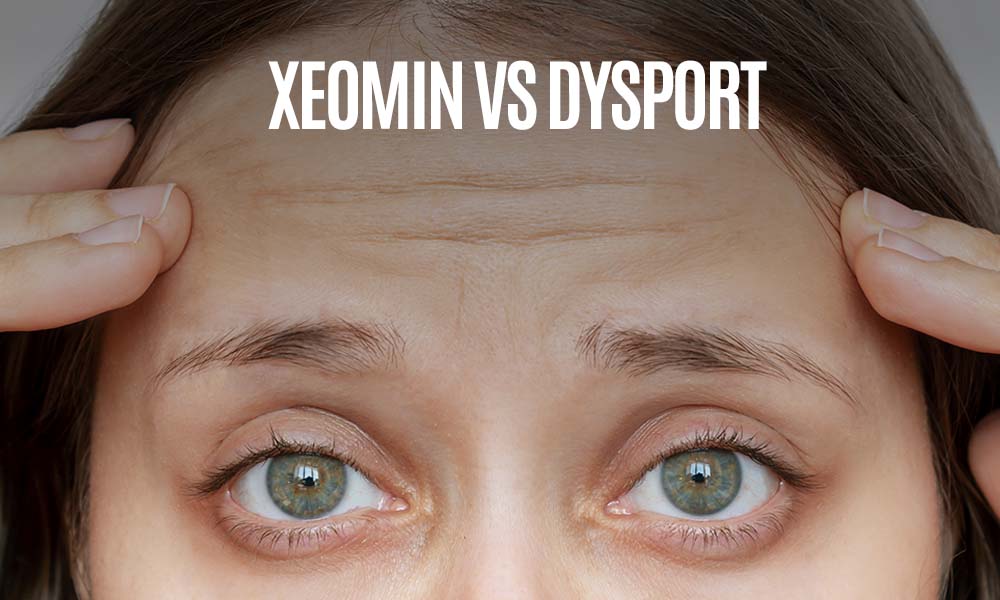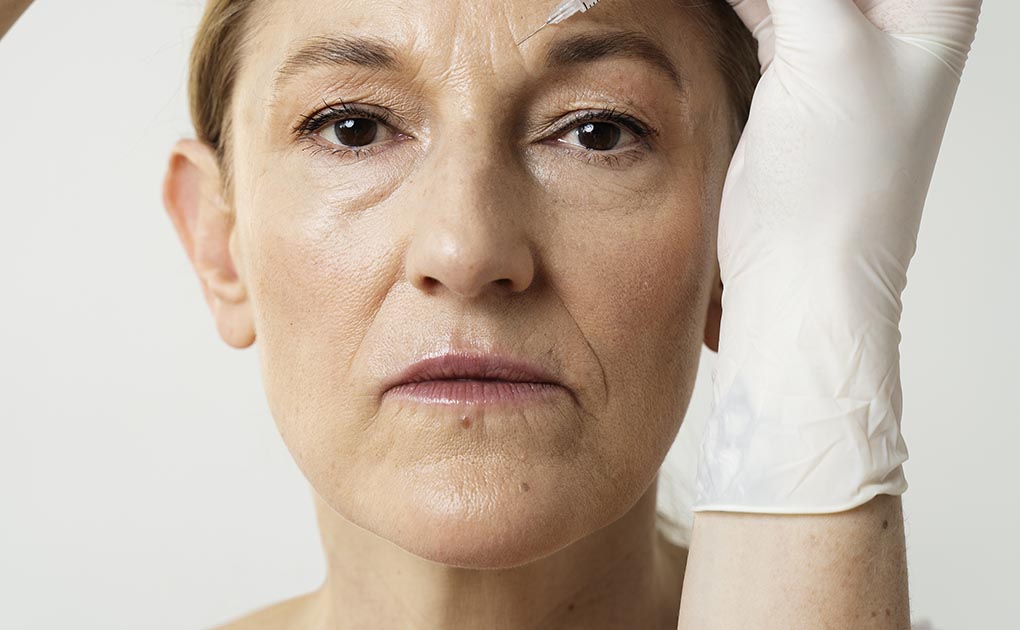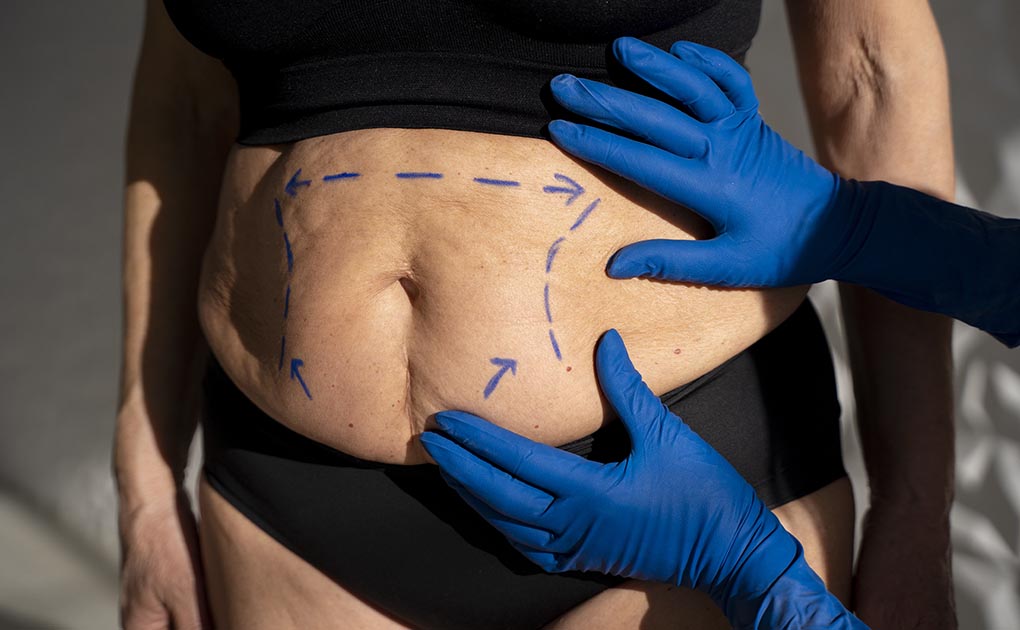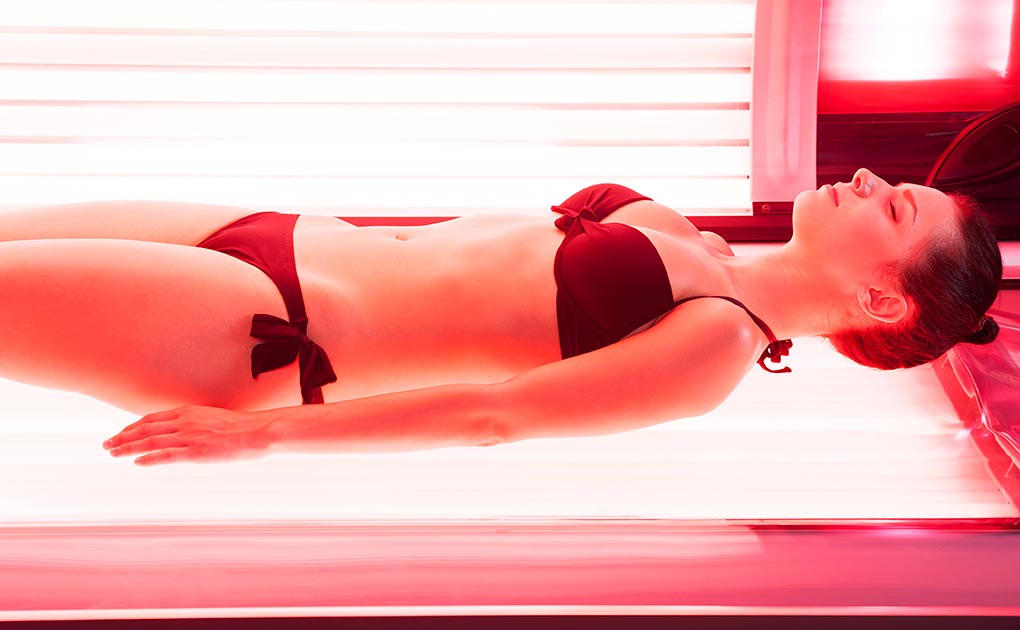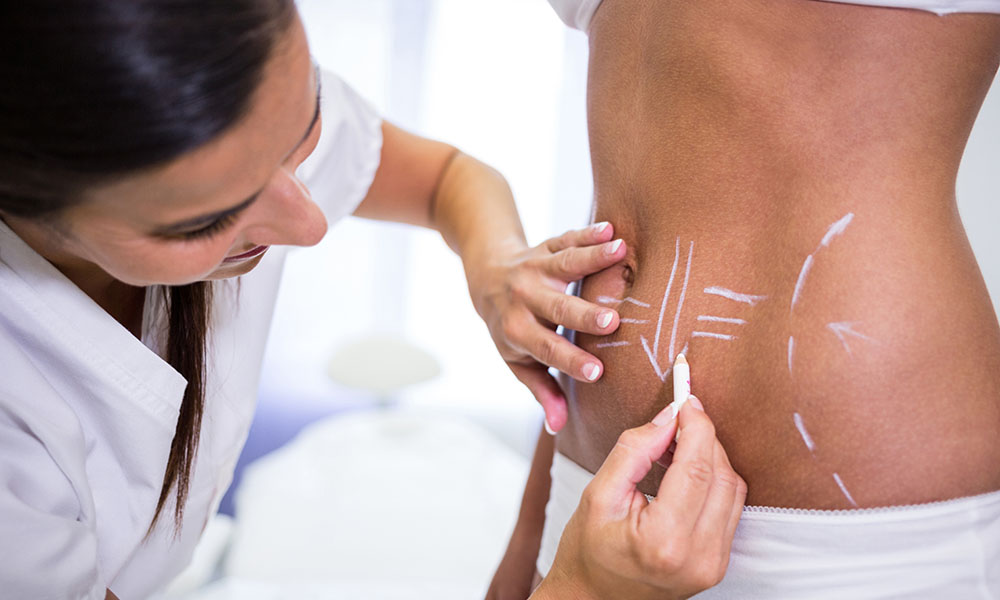Achieving weight loss is a significant milestone that brings numerous benefits, from improved health to increased confidence. However, after shedding the pounds, many individuals find themselves dealing with loose skin or stubborn fat pockets that don’t respond to diet or exercise.
This is where body contouring comes in. From non-surgical treatments like CoolSculpting to surgical options like tummy tucks, these procedures can help sculpt and refine your body for a smoother, more toned appearance.
What Is Body Contouring?
Body contouring refers to treatments designed to reshape the body by targeting excess fat, loose skin, and uneven contours. It’s particularly beneficial after significant weight loss to achieve a more defined and proportional figure.
Types of Body Contouring Treatments
- Non-Surgical Body Contouring: Minimally invasive procedures with little to no downtime, ideal for mild to moderate concerns.
- Surgical Body Contouring: More intensive options for addressing significant skin laxity and fat deposits.
Non-Surgical Body Contouring Options
1. CoolSculpting (Cryolipolysis)
- How It Works: Uses controlled cooling to freeze and eliminate fat cells.
- Best For: Localized fat deposits like love handles and belly fat.
- Results: Gradual improvement over 2-3 months.
- Downtime: None.
2. Radiofrequency Skin Tightening
- How It Works: Stimulates collagen production through energy waves, tightening loose skin.
- Best For: Mild skin laxity on the abdomen, thighs, or arms.
- Results: Visible improvements after 3-6 months.
- Downtime: None.
3. Ultrasound Cavitation
- How It Works: Uses sound waves to break down fat cells.
- Best For: Subtle fat reduction and contouring.
- Results: Gradual improvements after a series of treatments.
- Downtime: None.
Surgical Body Contouring Options
1. Tummy Tuck (Abdominoplasty)
- Purpose: Removes excess skin and tightens abdominal muscles for a flatter stomach.
- Best For: Individuals with loose abdominal skin post-weight loss.
- Recovery Time: 4-6 weeks.
2. Body Lift (Lower Body Lift)
- Purpose: Targets the abdomen, thighs, and buttocks for a more comprehensive lift.
- Best For: Significant skin laxity after dramatic weight loss.
- Recovery Time: 4-8 weeks.
3. Arm Lift (Brachioplasty)
- Purpose: Removes sagging skin from the upper arms for a toned look.
- Best For: Loose skin on the arms after weight loss.
- Recovery Time: 2-4 weeks.
4. Thigh Lift
- Purpose: Tightens skin on the inner and outer thighs.
- Best For: Sagging skin on the legs after weight loss.
- Recovery Time: 4-6 weeks.
What to Expect From Body Contouring
1. Gradual Results
Non-surgical treatments provide gradual improvements, while surgical options deliver more immediate changes.
2. Recovery Time
- Non-surgical: Minimal downtime.
- Surgical: Recovery ranges from 2 to 8 weeks, depending on the procedure.
3. Long-Term Maintenance
Maintaining results requires a healthy lifestyle, including regular exercise and a balanced diet.
Conclusion
Body contouring after weight loss is an excellent way to achieve a toned and refined appearance, enhancing the results of your weight-loss journey.
Whether you opt for non-surgical options like CoolSculpting or surgical treatments like tummy tucks, these procedures can help you feel more confident in your skin.
Ready to achieve the body contours you desire? Contact Forever Young MedSpa today to explore your body contouring options and take the next step toward a more sculpted you!
FAQs
1. Can body contouring address all loose skin?
While body contouring significantly improves loose skin, results vary based on the individual. Surgery may be required for extensive skin laxity.
2. How long do results last?
Results are long-lasting, but weight gain can affect treated areas.
3. Is body contouring painful?
- Non-surgical treatments are typically painless.
- Surgical options involve some discomfort, managed with post-procedure care.
4. How soon can I see results?
- Non-surgical: Gradual improvements over weeks to months.
- Surgical: Immediate changes, with final results after full recovery.

